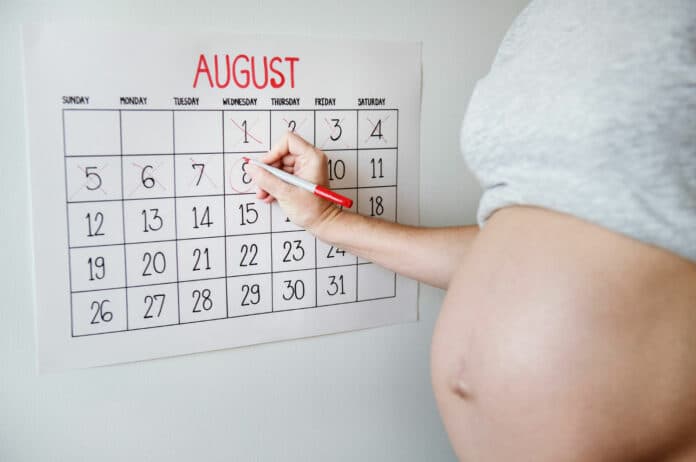Preeclampsia is a serious pregnancy complication characterized by high blood pressure and damage to organs such as the liver and kidneys. It affects approximately 5-8% of pregnancies worldwide and is a leading cause of maternal and fetal mortality and morbidity. Despite decades of research, the underlying causes of preeclampsia are not fully understood, and there is no known cure.
Preeclampsia is a dangerous pregnancy complication with no reliable way of predicting who will develop it. New research suggests that elevated levels of cell-free fetal DNA (cffDNA) in the mother’s blood may inhibit the movement of placental cells called trophoblasts, potentially leading to preeclampsia. The study also found that hydroxychloroquine can reverse the effects of cffDNA on trophoblasts.
Preeclampsia is a pregnancy-related syndrome characterized by hypertension and multi-organ injury due to disordered placentation. Elevated levels of cell-free fetal DNA (cffDNA) have been detected in the serum of patients with preeclampsia and associated with disease severity and poor obstetric outcomes.
The hypothesis is that cffDNA activates the maternal immune system to induce an inflammatory response by activating Toll-like receptor 9 (TLR9). TLR9 senses unmethylated CpG motifs, which are typically found in bacteria or mitochondrial DNA, and placental cffDNA is also hypomethylated so that it may activate TLR9. In this study, the authors sought to determine if extravillous trophoblast-derived cffDNA directly impacted spontaneous trophoblast migration.
However, recent research has shed new light on the condition. Studies have identified several risk factors, such as obesity, chronic hypertension, and a family history of preeclampsia. Additionally, researchers have identified biomarkers that may be used to predict and diagnose the condition, such as elevated levels of specific proteins in the blood.
“All of these pathological processes seemed to be coming from the placenta, but we didn’t know how or why,” said Vikki Abrahams, Ph.D. “Our research is giving us insight into how high levels of cffDNA that we see in women with preeclampsia might be acting pathologically. “It’s informing us about how cell-free fetal DNA is negatively impacting trophoblast function and the process of placentation, as well as some insight into a potential therapeutic that could be used to at least stop that part of the disease.”
A recent study by Vikki Abrahams’ team investigated the effects of cell-free fetal DNA (cffDNA) on trophoblast cells, which are involved in the development of the placenta. The team found that cffDNA inhibits the migration of trophoblast cells and that this inhibition is mediated by the Toll-like receptor 9 (TLR9). Furthermore, they discovered that hydroxychloroquine, a TLR9 inhibitor, could reverse the effects of cffDNA on trophoblast cells. These findings suggest a possible mechanism for preeclampsia, a pregnancy complication, and a potential treatment option using hydroxychloroquine. The study was published on April 5 in the Journal of Reproductive Immunology.
One promising avenue of research is the study of the immune system’s role in preeclampsia. It is thought that the placenta, which plays a critical role in maintaining a healthy pregnancy, may not develop properly in women with preeclampsia. This can lead to an immune response that damages the blood vessels and organs, causing the condition’s symptoms.
Furthermore, studies have found that specific treatments may effectively manage preeclampsia. For example, magnesium sulfate can help prevent seizures in women with severe preeclampsia, while early delivery may be necessary in cases where the condition is particularly severe.
While preeclampsia remains a severe threat to maternal and fetal health, recent research has added essential insights into its causes, risk factors, and potential treatments. This knowledge may lead to improved screening and management of the condition, ultimately improving outcomes for mothers and babies.
Journal Reference:
- Daisy León-Martínez, Tatyana Lynn, Vikki M. Abrahams. Cell-free fetal DNA impairs trophoblast migration in a TLR9-dependent manner and can be reversed by hydroxychloroquine. Journal of Reproductive Immunology. DOI: 10.1016/j.jri.2023.103945
